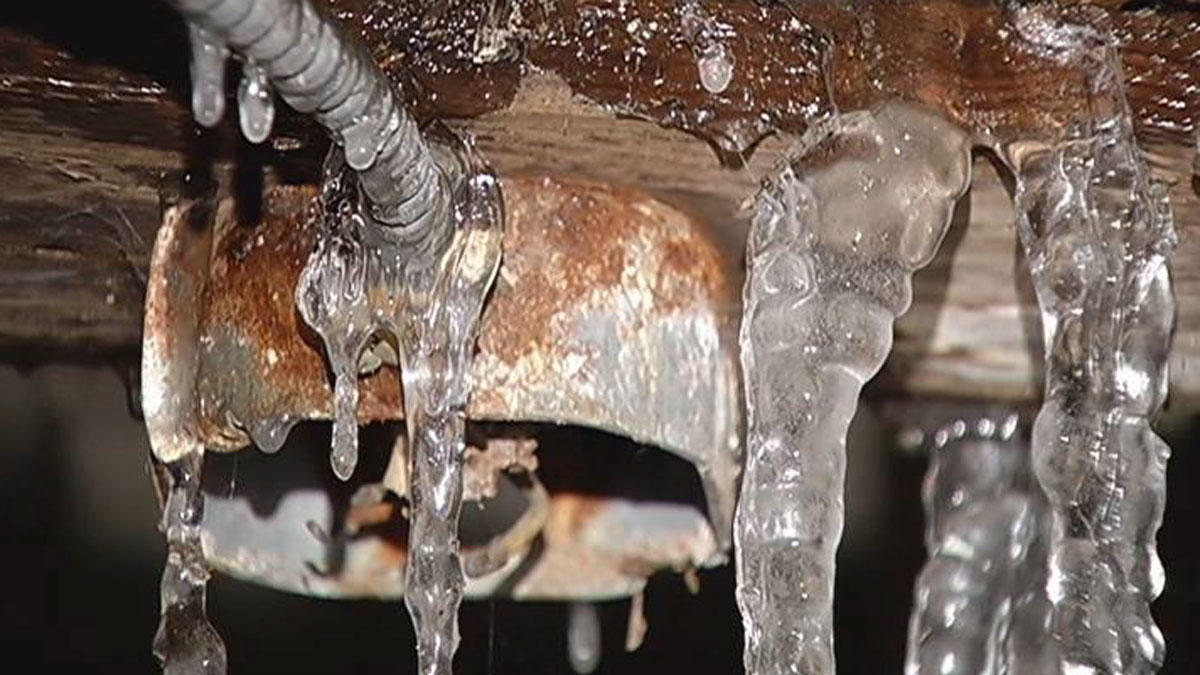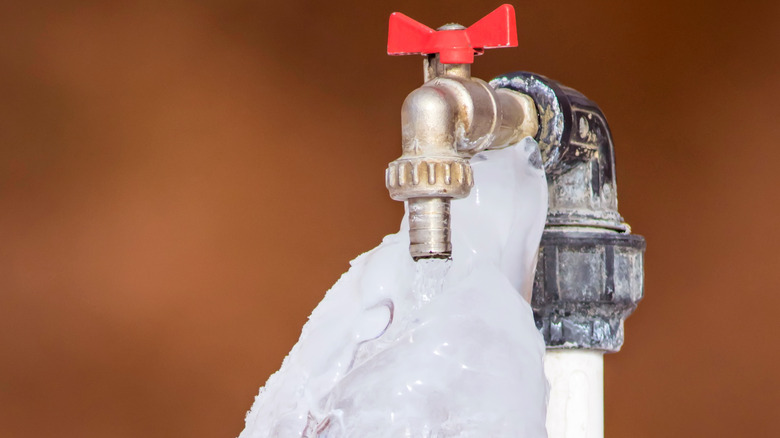Avoiding Frozen Plumbing in Winter: Critical Advice
Avoiding Frozen Plumbing in Winter: Critical Advice
Blog Article
What are your ideas about How To Avoid Freezing Pipes?

Winter can damage your pipes, specifically by freezing pipelines. Below's just how to stop it from occurring and what to do if it does.
Intro
As temperatures drop, the danger of icy pipes increases, possibly leading to pricey repairs and water damages. Comprehending just how to avoid icy pipes is crucial for homeowners in cool environments.
Comprehending Frozen Pipes
What causes pipelines to freeze?
Pipes freeze when subjected to temperature levels listed below 32 ° F (0 ° C) for extended durations. As water inside the pipelines freezes, it increases, putting pressure on the pipe wall surfaces and potentially creating them to rupture.
Threats and damages
Icy pipes can bring about water system disruptions, residential or commercial property damages, and expensive repair services. Ruptured pipes can flood homes and trigger extensive structural damage.
Indications of Frozen Piping
Identifying frozen pipelines early can stop them from breaking.
Just how to identify frozen pipes
Look for decreased water flow from faucets, unusual odors or sounds from pipelines, and noticeable frost on revealed pipelines.
Prevention Tips
Insulating vulnerable pipes
Cover pipes in insulation sleeves or utilize warm tape to protect them from freezing temperatures. Concentrate on pipes in unheated or outside locations of the home.
Home heating techniques
Keep interior spaces effectively heated up, especially areas with plumbing. Open up cupboard doors to allow cozy air to circulate around pipelines under sinks.
Safeguarding Exterior Plumbing
Yard tubes and outside taps
Disconnect and drain yard hoses before wintertime. Mount frost-proof spigots or cover outside taps with shielded caps.
What to Do If Your Pipelines Freeze
Immediate actions to take
If you think icy pipes, maintain taps open up to alleviate pressure as the ice melts. Utilize a hairdryer or towels soaked in warm water to thaw pipelines gradually.
Long-Term Solutions
Architectural modifications
Think about rerouting pipes away from exterior wall surfaces or unheated locations. Add extra insulation to attics, cellars, and crawl spaces.
Updating insulation
Purchase high-grade insulation for pipelines, attics, and walls. Proper insulation aids keep regular temperatures and lowers the danger of icy pipelines.
Final thought
Protecting against frozen pipelines calls for aggressive steps and fast reactions. By recognizing the causes, indications, and preventive measures, homeowners can protect their pipes during winter.
5 Ways to Prevent Frozen Pipes
Drain Outdoor Faucets and Disconnect Hoses
First, close the shut-off valve that controls the flow of water in the pipe to your outdoor faucet. Then, head outside to disconnect and drain your hose and open the outdoor faucet to allow the water to completely drain out of the line. Turn off the faucet when done. Finally, head back to the shut-off valve and drain the remaining water inside the pipe into a bucket or container. Additionally, if you have a home irrigation system, you should consider hiring an expert to clear the system of water each year.
Insulate Pipes
One of the best and most cost-effective methods for preventing frozen water pipes is to wrap your pipes with insulation. This is especially important for areas in your home that aren’t exposed to heat, such as an attic. We suggest using foam sleeves, which can typically be found at your local hardware store.
Keep Heat Running at 65
Your pipes are located inside your walls, and the temperature there is much colder than the rest of the house. To prevent your pipes from freezing, The Insurance Information Institute suggests that you keep your home heated to at least 65 degrees, even when traveling. You may want to invest in smart devices that can keep an eye on the temperature in your home while you’re away.
Leave Water Dripping
Moving water — even a small trickle — can prevent ice from forming inside your pipes. When freezing temps are imminent, start a drip of water from all faucets that serve exposed pipes. Leaving a few faucets running will also help relieve pressure inside the pipes and help prevent a rupture if the water inside freezes.
Open Cupboard Doors
Warm your kitchen and bathroom pipes by opening cupboards and vanities. You should also leave your interior doors ajar to help warm air circulate evenly throughout your home.

As an avid reader on Prevent Frozen Pipes , I was thinking sharing that blog post was important. Are you aware of somebody else who is looking into the subject? Take a moment to promote it. Many thanks for your time invested reading it.
Schedule Today Report this page